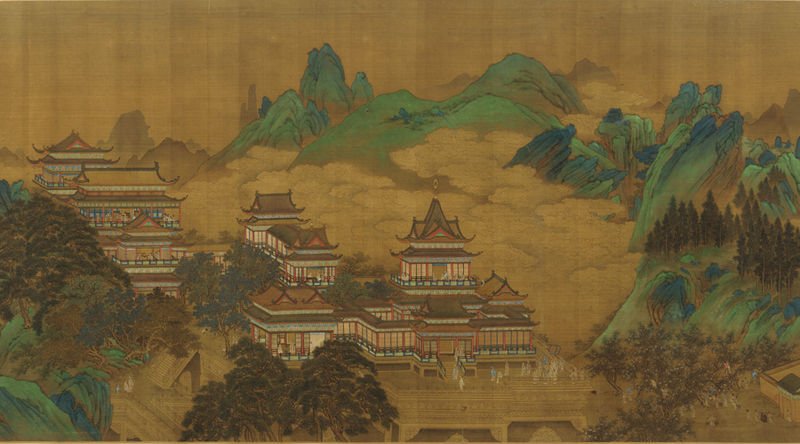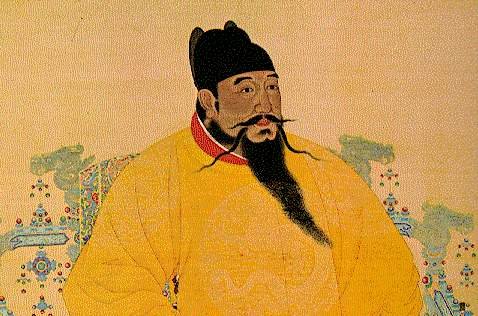17th-century painting by anonymous artist - (Wikimedia)
A story of medieval travel and diplomacy, the 15th-century story of Ghiyath al-Din and the other Timurid envoys, and their visit to Yongle's Beijing on behalf of Timur's son Shah Rukh.
If you like what you hear and want to chip in to support the podcast, my Patreon is here.
Sources:
"Report to Mirza Baysunghur on the Timurid Legation to the Ming Court at Peking," in A Century of Princes: Sources on Timurid History and Art, selected and translated by W. M. Thackston. Aga Khan Program for Islamic Architecture, 1989.
Ford, Graeme. "The Uses of Persian in Imperial China: The Translation Practices of the Great Ming," in The Persianate World, edited by Nile Green. University of California Press, 2019.
Hecker, Felicia J. “A Fifteenth-Century Chinese Diplomat in Herat,” in Journal of the Royal Asiatic Society 3, no. 1 (1993): 85–98.
Lipman, Jonathan N. Familiar Strangers: A History of Muslims in Northwest China. University of Washington Press, 2011.
Park, Hyunhee. Mapping the Chinese and Islamic Worlds: Cross-Cultural Exchange in Pre-Modern Asia. Cambridge University Press, 2012.
Rossabi, Morris. A History of China. Wiley, 2013.
Rossabi, Morris. "Two Ming Envoys to Inner Asia," in T’oung Pao 62, no. 1/3 (1976): 1–34.
Tsai, Shih-shan Henry. Perpetual Happiness. University of Washington Press, 2011.




